How To Start A Fitness Blog (Ultimate Guide)
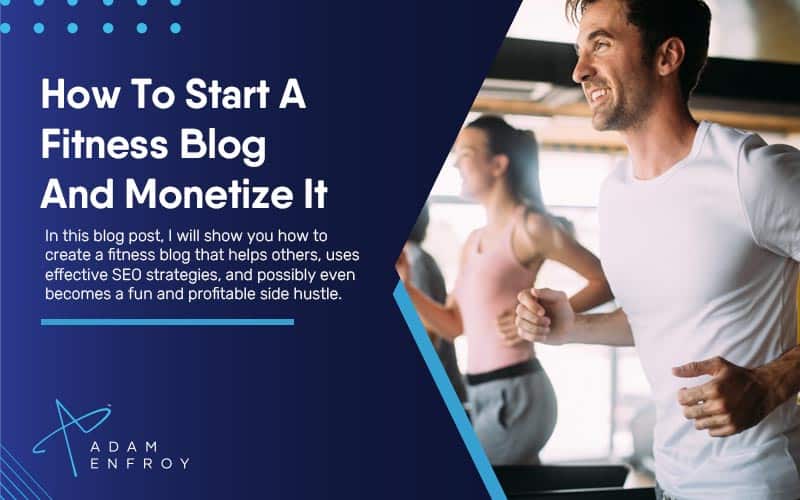
Today, I’m taking you on a journey where fitness meets the digital world, where workout routines mingle with search engine optimization and healthy food recipes are paired with clever online marketing strategies.
Who would have thought fitness and blogging could go together like peanut butter and jelly?

Starting a fitness blog isn’t just about showing people how to do push-ups or sharing your favorite smoothie ingredients.
It’s also about learning to balance great content with savvy digital marketing techniques.
In this blog post, I will show you how to create a fitness blog that helps others, uses effective SEO strategies, and possibly even becomes a fun and profitable side hustle.
- Steps To Starting A Fitness Blog
- Building An Active Audience For Your Fitness Blog
- Choosing A Fitness Blog Name And Slogan
- Choosing The Right Platform And Hosting Plan
- Establishing Authority As A Fitness Blog
- Understanding Basic SEO For Your Fitness Blog
- Monetizing Your Fitness Blog
- Promoting Your Fitness Blog Through Social Media
- Tracking Success And Adapting Your Strategies
- Final Tips For Making An Impact On Your Readers
- Wrap Up.
Steps To Starting A Fitness Blog
Here are the steps you should follow to start a successful fitness blog.
Analyze Data And Choose A Niche
Before starting your fitness blog, analyzing data and determining which fitness niche you want to focus on is crucial.
By identifying your target audience, you can create content that resonates with them and drives traffic to your blog.
You can use Google Analytics or other tools to see which fitness topics are trending and what your audience’s search intent is.
Some popular niches include yoga, running, bodybuilding, weightlifting, nutrition, and a healthy lifestyle.
Focus On a Niche You Know And Love
Focusing on a specific niche within health or fitness can help you establish your authority and reputation.
People are more likely to trust you if you showcase expertise in a particular area rather than being a generalist.
Therefore, consider choosing a niche that you already know and love.
Look For Inspiration
One way to get inspiration for your fitness blog is by looking at other successful bloggers in your niche.
See what they’re doing, what kind of content they produce, their social media platforms, and how they interact with their audience.
You don’t need to copy what they do, but you can learn from their successes and avoid their mistakes.
Get A Relevant Qualification
While this is not compulsory, getting a relevant qualification can help you establish your authority in the fitness industry.
A basic certificate in personal training or nutrition can give you the knowledge and confidence to produce helpful content for your blog.
Furthermore, these qualifications typically involve completing practical assessments that will give you first-hand experience with the topics you’ll write about.
Publish Regularly
Consistency is vital when it comes to blogging.
You need to be able to publish fresh and engaging content regularly for your blog to grow.
Before publishing, ensure you have enough articles prepared to post two or three times a week without running out of ideas.
It will help attract more readers and keep them coming back for more.
Building An Active Audience For Your Fitness Blog
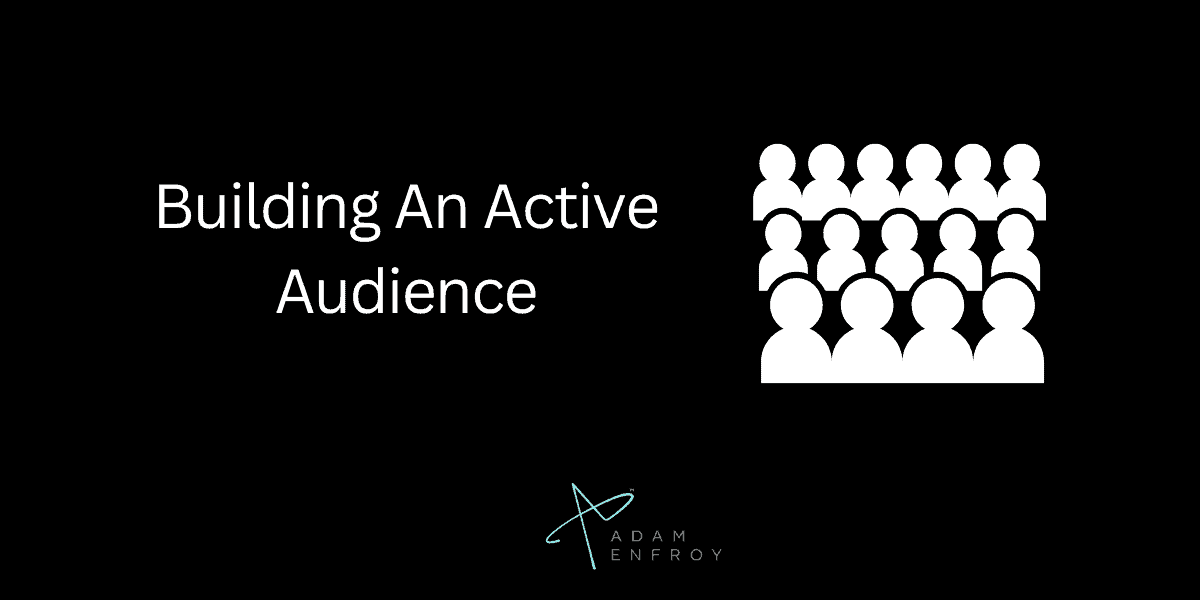
The success of your blog depends on more than just the quality of your content.
To connect with a broader audience and grow your reader base, you need to leverage the power of digital marketing.
Search engine optimization (SEO) makes your website visible to search engines like Google and Bing.
By optimizing your site with relevant keywords, high-quality content, and meta tags, you can increase your chances of appearing on the first page of search results.
In turn, you drive more traffic to your website and help you reach a wider audience.
To get started with SEO, use keyword research tools like Ahrefs or Semrush and include those keywords in your website’s titles, meta descriptions, and on-page content.
Social media is a powerful marketing tool for fitness bloggers.
By creating profiles on popular platforms like Instagram, Facebook, and Twitter, you can connect with your target audience, share your blog content, and build brand awareness.
To make the most of social media, engage with your followers by commenting on their posts, responding to their messages, and posting regularly.
You can also reach new followers by using relevant hashtags, creating eye-catching visuals, and collaborating with other bloggers in your niche.
Email marketing is one of the most effective ways to build a loyal readership for your fitness blog.
By offering exclusive insights, tips, and promotions to your email subscribers, you can keep your followers engaged and eager for more.
To get started with email marketing, create a simple sign-up form on your website and offer an incentive for subscribers (such as a free e-book or discount code).
Then, create a regular newsletter with your latest blog posts, upcoming events, and exclusive content for your subscribers.
Lastly, make it easy for readers to sign up for your newsletter by adding a simple pop-up prompt to your website.
The prompt pop-up can appear after a reader has spent time on your site or is about to leave your page.
Ensure the prompt is eye-catching yet not too intrusive, and offer an incentive for signing up (such as a free workout plan or recipe book).
Choosing A Fitness Blog Name And Slogan
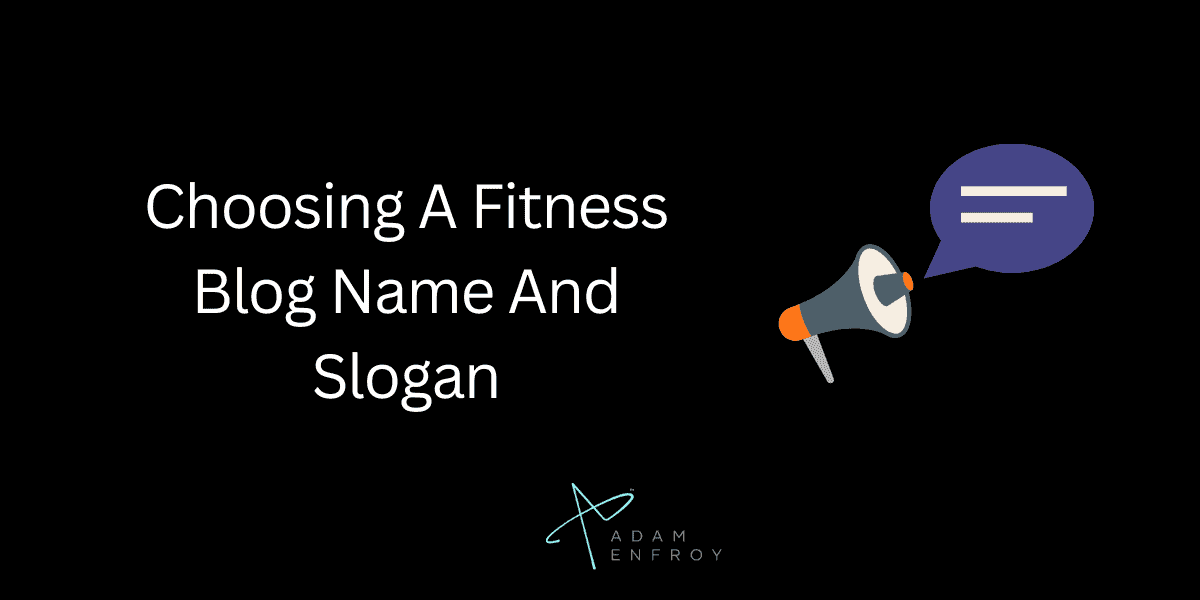
The proper name and slogan can make a massive difference in determining whether or not your audience will connect with you and your content.
Before creating a fitness blog name, it is crucial to define your niche.
What area of the fitness world do you specialize in?
Is it weight loss, muscle building, yoga, or something else?
Defining your niche will help you develop a name and slogan that reflects your actions.
It will also help in attracting the right audience.
Your blog name and slogan should resonate with your target audience.
Who are your ideal readers?
Are they athletes, busy professionals, stay-at-home parents, or college students?
Think about the age, gender, and lifestyle of your target audience when creating a name and slogan that resonates with them.
Once you have defined your niche, target audience, and critical elements of your brand, it’s time to start brainstorming ideas.
List keywords or phrases related to your niche and see which ones stand out.
Try to merge two keywords or phrases that reflect your brand to create a unique and catchy name and slogan.
Here are a few other things to remember when creating a name and slogan for your fitness blog.
Check Domain Availability
The first step in starting a blog is to check the domain availability through GoDaddy or a similar domain registrar.
Ensuring you can acquire a domain that aligns with your blog’s niche and no one else has registered it is crucial.
The domain name is the URL users type into their address bar to access your site.
Therefore, it should be descriptive, memorable, and easy to spell.
Once you have chosen a domain name, you can also consider purchasing other similar domains to protect your brand.
Confirm Availability On Social Media Platforms
In addition to securing your domain name, confirming its availability on social media platforms, such as Facebook, Twitter, and Instagram, is also essential.
Having a consistent username across all social media channels makes it easy for your readers to find and recognize your brand.
Additionally, consider creating a compelling bio, selecting an appropriate profile picture, and sharing regular updates to keep your followers engaged.
Choose Your Domain Name
While other domain extensions are available, people prefer .com domains for greater accessibility.
They are easy to remember and widely recognized as credible domain extensions.
Choosing The Right Platform And Hosting Plan

Choosing the wrong platform and web hosting can make your blog slow, difficult to manage, and even impossible in terms of monetization.
If you’re serious about starting a fitness blog, you need the control and ownership that comes with self-hosting.
If you’re considering platforms, WordPress and Magento are great options.
While both platforms are popular, I recommend starting with WordPress.org because of its simplicity and versatility.
To start with WordPress, create an account, input your blog name and domain, select a suitable plan, and provide your personal and payment details.
WordPress also allows free themes and plugins to help you with your blog setup.
The right WordPress theme has the right fonts and templates to make your blog look professional and appealing.
Once you have chosen your platform, hosting is the next important step.
Hosting companies allow you to store your data securely and keep your website running smoothly.
When hosting, there are two options: self-hosted and hosted.
While hosted options like Wix may seem attractive due to the ease of setup, they come with limitations and risks.
A serious fitness blogger needs the control and ownership that comes with self-hosting.
BlueHost is one of the most popular and reliable options if you’re looking for a self-hosting option.
They offer affordable plans that are easy to set up and use.
They even offer a free domain for the first year, making it even easier to get started.
When choosing a hosting provider, consider the traffic you expect to receive and select a plan accordingly.
Establishing Authority As A Fitness Blog
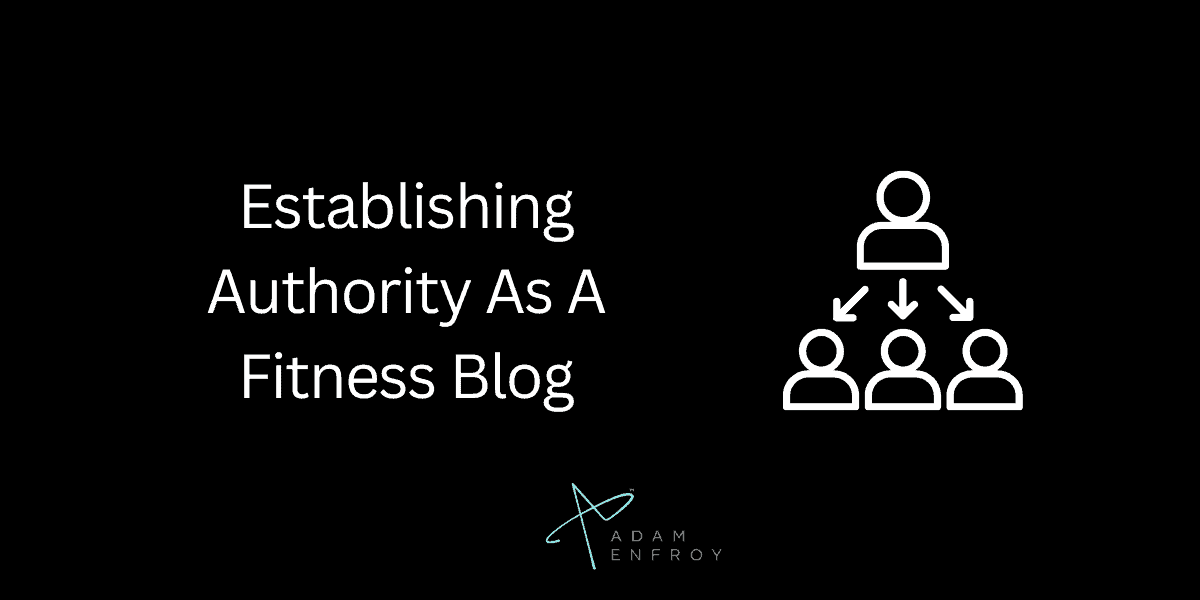
To get noticed in the fitness blogosphere, you must establish yourself as an authority in the field.
It’s not enough to write and hit “post.”
Before you start producing content, it’s essential to identify your niche.
What specific area of fitness are you passionate about?
Whether it’s yoga, weight training, or nutrition, sticking to one area and building your authority around it is essential.
Avoid being a jack-of-all-trades and master of none.
Focus on a specific fitness sector and tailor your content to your audience’s needs.
By honing in on one niche, you’ll be able to establish your authority and credibility with your target market.
Staying up-to-date with the latest trends and topics is vital in the fitness industry.
Conducting research allows you to produce valuable content that your audience will appreciate.
You can get inspiration from the news, social media, and other fitness blogs.
Joining Facebook groups and attending fitness events will expose you to new trends, and you’ll be able to connect with like-minded individuals and brands.
Backlinks are links from other sites that point to your blog.
Obtaining backlinks is beneficial because it creates credibility and trust and helps increase traffic to your blog.
To get backlinks, you first need to create high-quality, valuable content.
Then, reach out to other bloggers, brands, and websites within your niche.
Offer to write guest posts or collaborate on content.
Once other websites link back to your blog, Google’s algorithm sees this as a vote of confidence for your content, which helps to improve your search engine rankings.
Understanding Basic SEO For Your Fitness Blog
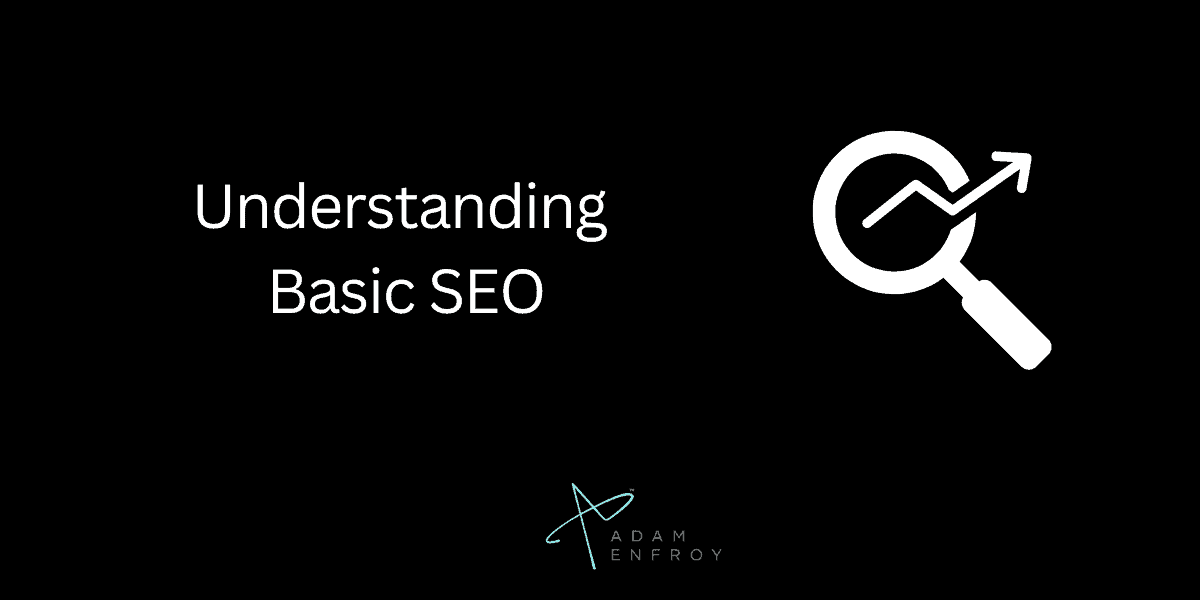
Understanding basic SEO for your own fitness blog is crucial to succeeding in the highly competitive health and fitness industry.
When starting a new fitness blog, it’s important to niche down and identify your specific area of expertise.
A general fitness blog may not have the same impact as a niche fitness blog, such as a fitness food blog or a fitness journey blog.
Once you have identified your blog niche, you can generate great content ideas and topics to help your fitness website stand out in the crowded fitness business space.
You must use relevant keywords in your blog posts to optimize your content for search engines.
These keywords should accurately reflect the type of content you are producing while also targeting specific phrases people are searching for in the health and fitness industry.
Creating high-quality backlinks from reputable fitness brands and websites can significantly improve your ranking on search engines.
Utilizing meta descriptions and tags is another essential component of basic SEO for your health and fitness blog.
These tags provide search engines with a summary of your blog post and can also improve the user experience by providing in-depth information about your post.
Optimizing your images and videos on your fitness website can also improve the user experience and make it visually appealing to your readers.
In conclusion, a successful fitness blog requires more than great content.
To stand out in the health and fitness industry, you must understand basic SEO strategies that will help improve your website’s ranking on search engines and provide your readers with a top-notch user experience.
With the right tools and techniques, anyone can start a fitness blog and become an authority in their chosen fitness blog niche.
Monetizing Your Fitness Blog
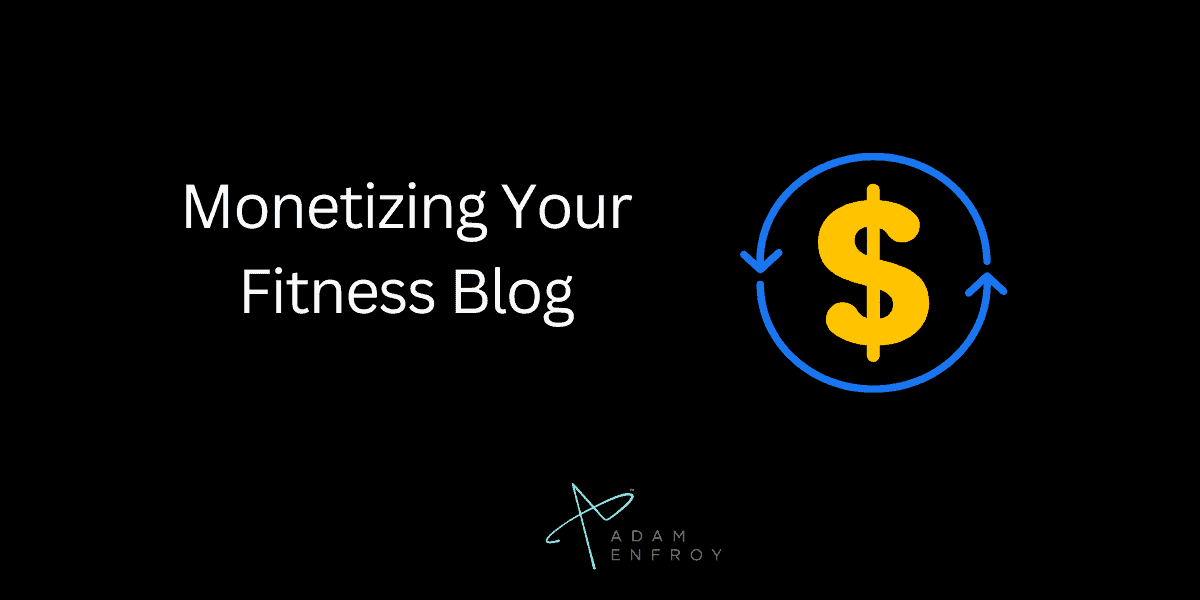
If you’re a fitness professional, trainer, business owner, or expert, and you’re considering monetizing your fitness blog or website, then it’s time to look at some potential passive income streams.
One popular option is using fitness affiliate programs.
Here, you can sign up for company affiliate programs and earn a commission for driving traffic and sales through your website.
Another strategy is to seek out sponsored posts from fitness brands or even sell your fitness products or services through your blog checkout functionality.
Depending on your audience and niche, you can offer paid subscription or membership options that provide exclusive access to content, apps, and other user experience improvements.
Finally, remember display ads, which can generate additional revenue while keeping your fitness website functional and easy to navigate for your readers.
With the right mix of these strategies, you can turn your fitness journey into a profitable blogging business while providing value to your readers and maintaining your authenticity as a fitness expert.
Promoting Your Fitness Blog Through Social Media
When starting your fitness blog, choose the right blogging platform that suits your needs and goals.
Your fitness journey is unique, and having your fitness blog allows you to share your experiences and insights with a broader audience.
Whether you’re a beginner or a fitness expert, there are plenty of fitness blog ideas and blog topics that you can explore to provide great content and attract followers.
With the growing demand for the health and fitness industry, apps, and services, there’s never been a better time to establish your own name in the fitness industry as a fitness professional.
To promote your fitness blog, use social media.
Cross-promoting on different platforms, engaging with your followers, running social media contests, and using influencer marketing strategies are all effective ways to get your name out there and attract new followers.
When promoting fitness brands, providing the best advice and tips as a fitness expert is crucial, which will establish your credibility and help you gain a loyal audience.
With the right approach and content, your fitness blog can become a valuable resource for people looking to improve their health and fitness journey.
Tracking Success And Adapting Your Strategies
To start a health and fitness blog and turn it into a full-time fitness business, you must know how to track your success and adapt your strategies accordingly.
This step guide will provide simple steps to help you achieve your goals.
One of the most important things you’ll need to do is to use Google Analytics to track your website’s traffic and user experience.
It helps you understand which content resonates the most with your readers and which areas of your fitness website need improvement.
Another critical step in your fitness journey is to set and review your key performance indicators (KPIs).
This in-depth analysis will help measure your success against your goals and identify areas of improvement.
You should also adapt your content based on reader feedback.
You can create great content that speaks directly to your target audience by monitoring user comments and suggestions.
Monitoring your competitors’ strategies can also give you the best advice and insights into the health and fitness industry.
Whether it’s fitness brands or individual fitness professionals, noting what’s trending and thriving in the market can help inform your strategies.
Starting a successful fitness blog and turning it into a full-time fitness business requires know-how, great content, and a willingness to adapt.
With these simple steps and a commitment to your fitness journey, you can create a health and fitness blog that achieves all your goals.
Final Tips For Making An Impact On Your Readers
Before closing this blog post, here are some tips to make your content more impactful.
Understand Your Ideal Reader
Before crafting your blog content, you must understand who you’re writing for.
- What are your ideal readers’ fitness goals and challenges?
- What questions are they searching for answers to?
- What kind of content resonates with them?
You can create content that genuinely caters to their needs through research and understanding your audience.
Focus On Quality
Getting caught up in the “more is more” mentality is easy in fitness blogging.
But when it comes to really connecting with your readers, quality is vital.
Rather than churning out blog posts daily, focus on creating well-researched, engaging, and actionable content for your readers.
This way, they’ll be more likely to stick around and engage with your blog over the long haul.
Connect With Your Readers
One of the most powerful components of blogging is the opportunity to create a real connection with your readers.
Whether through social media, email newsletters, or even in-person events, finding ways to engage with your audience outside your blog can help build a loyal following.
When you form genuine relationships with your readers, they feel more invested in your content and more likely to share it with others.
Be Authentic
Finally, one of the most important aspects of crafting a successful fitness blog is being true to yourself and your values.
Whether passionate about veganism, minimalist workouts, or marathon running, your blog should reflect your unique perspective and voice.
Don’t be afraid to share your personal experiences and struggles – this often makes a blog genuinely relatable and inspiring to readers.
Wrap Up.
Creating a successful fitness blog requires dedication and hard work.
Suppose you concentrate on creating engaging content that deeply resonates with your readers, making meaningful connections with them, and staying true to yourself.
In that case, you can establish a helpful and inspiring blog for your audience.
Whether you are a personal trainer, a gym owner, or a group coach, understanding how to craft a successful fitness blog is crucial in establishing yourself as an authority in the industry.
By following these tips, you can build your brand and create a loyal fan base that will stay with you for years.
Further reading on AdamEnfroy.com: Sports affiliate programs can complement your blog and help you monetize your audience more effectively.
Knowing how to promote your affiliate links and assets is essential in growing your blog and increasing its value.





